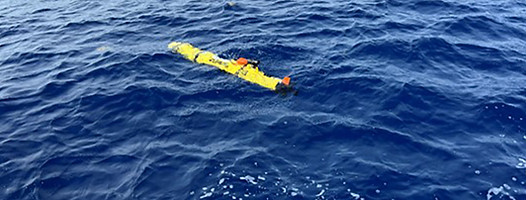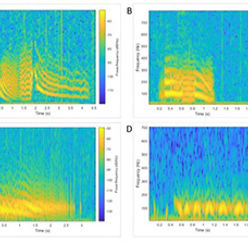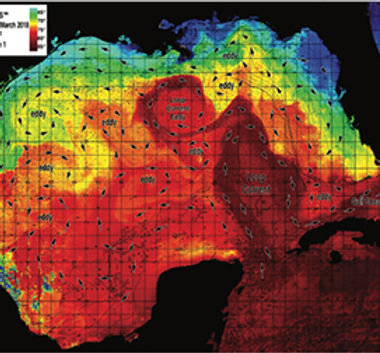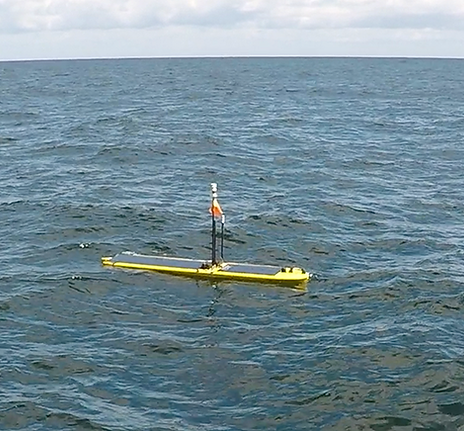
Where Ocean Dynamics Meet Innovation
Unraveling Marine Ecosystems through Cutting-Edge Modeling and AI
Who We Are
Our lab is dedicated to the understanding of the marine physical environment and its effect on marine life. We study and predict the evolution of boundary currents such as the Florida Current, which for example, forms eddies along the Florida east coast that are used by a wide range of marine pelagic (sailfish), neretic (groupers, snappers) and benthic (lobsters) species throughout their life history. We used passive acoustics and robotic technology to identify and study the specific ocean areas where of some these marine organisms aggregate to spawn. Our main purpose is to explore the relationship between these marine organisms and the physical environment that might have led to the selection of this particular location to spawn. Understanding such relationship is key to identify potential threats to the life success of these marine organisms and anticipate the future of our fish populations, fisheries and ocean health.



Our Research Focus

Predicting the state of our ocean has remained a challenge despite the advent of mathematical methods that enable the used of remote and in-situ observations to constrain numerical models toward the observations, making ocean models more accurate. Despite these advances, the usefulness of ocean numerical model prediction is limited to 48 hours. In our lab, we have been developing machine learning (AI) based model to predict ocean dynamics and we have pushed the limits of useful forecast to days and weeks. We have also developed AI tools and applications (FADAR) that enable the rapid processing of acoustic data to detect the presence of soniferous species, which can be used to search for fish spawning aggregations in our coastal ocean.

Our lab operates a fleet of autonomous platforms including a Wave Glider, a REMUS 100, a G3 Slocum glider and smaller AUVs. We have developed our own payloads (LiDAR and hydrophone arrays) for those platforms, which enables the quantification of the physical environment along with the presence of marine organisms, including marine mammals.